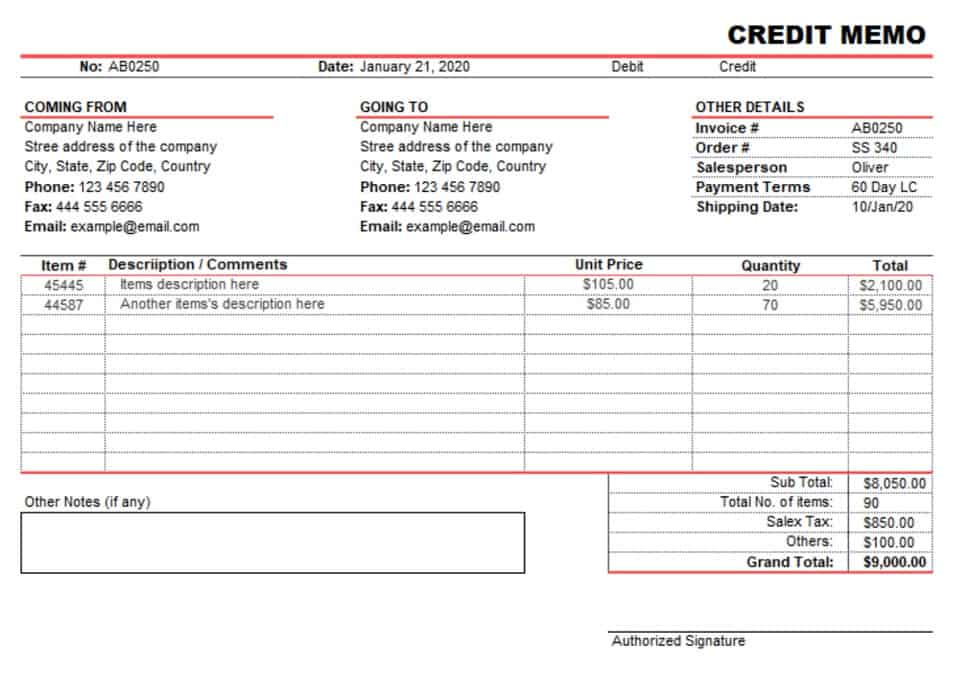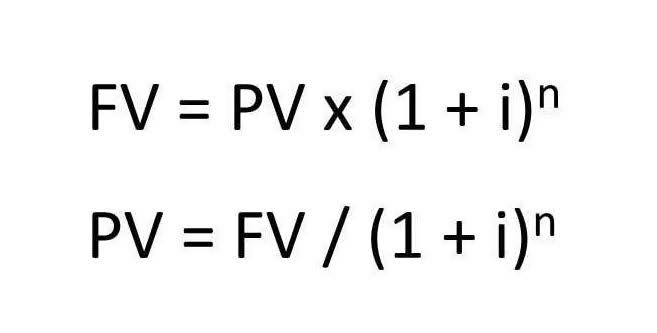
This gives businesses a better representation of the costs of goods sold. Although FIFO is the most common and trusted method of inventory valuation, don’t default to using FIFO. He or she will be able to help you make the best inventory valuation method decision for your business based on your tax situation, inventory flow and recordkeeping requirements. There is more to inventory valuation than simply entering the amount you pay for your inventory into your accounting or inventory management software. There are a number of ways you can value your inventory, and choosing the best inventory valuation method for your business depends on a variety of factors.

Reporting requirements
The LIFO method, which applies valuation to a firm’s inventory, involves charging the materials used in a job or process at the price of the last units purchased. Inventory management is a tough task for the organizations that are completely stock oriented. The methods are LIFO, FIFO, lifo and fifo Simple Average, Base Stock, and Weighted Average, etc. The company’s income, profitability, taxation and other similar factors are dependent on the method on which the inventory is valued.
Why Is the FIFO Method Popular?

All companies are required to use the https://www.bookstime.com/ FIFO method to account for inventory in some jurisdictions but FIFO is a popular standard due to its ease and transparency even where it isn’t mandated. Average cost inventory is another method that assigns the same cost to each item and results in net income and ending inventory balances between FIFO and LIFO. FIFO means “First In, First Out.” It’s an asset management and valuation method in which older inventory is moved out before new inventory comes in.

What Are the Other Inventory Valuation Methods?
- When inventory is acquired and when it’s sold have different impacts on inventory value.
- Since the cost of labor and materials is always changing, FIFO is an effective method for ensuring current inventory reflects market value.
- It no longer matters when a particular item is posted to the cost of goods sold account since all of the items are sold.
- Once you understand what FIFO is and what it means for your business, it’s crucial to learn how it works.
However, if the prices are high the same condition will get reversed and as a result, it is not easy to order the same quantity of materials without having sufficient funds. FIFO is the best method to use for accounting for your inventory because it is easy to use and will help your profits look the best if you’re looking to impress investors or potential buyers. It’s also the most widely used method, making the calculations easy to perform with support from automated solutions such as accounting software.
- Again, these are short-term differences that are eliminated when all of the shirts are sold.
- LIFO, also known as “last in, first out,” assumes the most recent items entered into your inventory will be the ones to sell first.
- It means that whenever the inventory is reported as sold (either after conversion to finished goods or as it is), its cost will be equal to the cost of the oldest inventory present in the stock.
- Assume that the sporting goods store sells the 250 baseball gloves in goods available for sale.
- The FIFO (“First-In, First-Out”) method means that the cost of a company’s oldest inventory is used in the COGS (Cost of Goods Sold) calculation.
- The International Financial Reporting Standards (IFRS), which is used in most countries, forbids the use of the LIFO method.
- While FIFO refers to first in, first out, LIFO stands for last in, first out.
- The company sells an additional 50 items with this remaining inventory of 140 units.
- LIFO accounting is not permitted by the IFRS standards so it is less popular.
- For retailers and wholesalers, the largest inventoriable cost is the purchase cost.
- Inventory turnover can influence the differential between FIFO and LIFO.
Since the cost of labor and materials is always changing, FIFO is an effective method for ensuring current inventory reflects market value. Older products are assumed to have been purchased at a lower cost, so when they’re sold first the remaining https://www.facebook.com/BooksTimeInc/ inventory is closer to the current market price. FIFO and LIFO are two methods of accounting and reporting inventory value. FIFO takes the cost of materials purchased first as the cost of goods sold and the cost of materials purchased last as the items still present in the inventory. LIFO takes the cost of materials purchased most recently as the cost of goods sold and the cost of materials purchased first as the items still present in the inventory. The value of COGS calculated using the FIFO method was $ 1750, while that calculated using the LIFO method was $ 2750.


